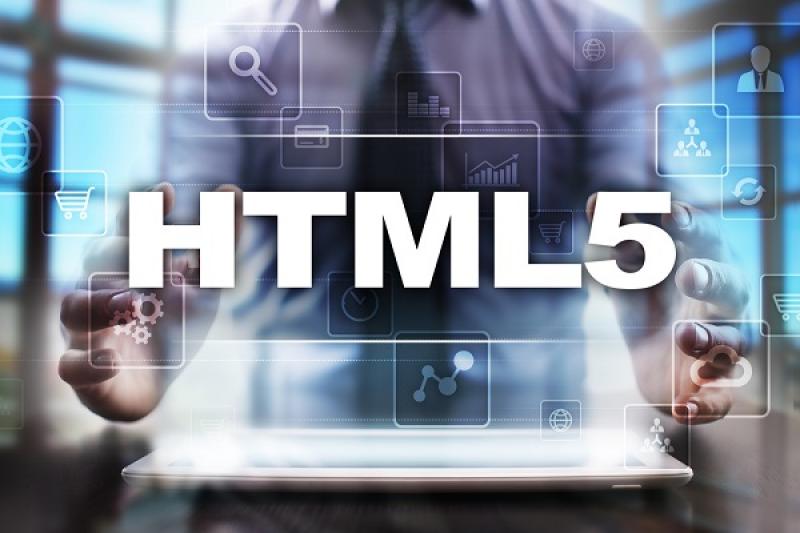HTML5 was officially adopted in Oct, 2014 and it reduced the dependence on proprietary rich internet technologies such as Adobe Flash and Microsoft Silverlight. HTML5 supports video element for embedding video in a document which was a big change to help the rich internet. HTML5 was also designed to support the change of the internet from to browse documents to a place to build distributed applications.
HTML5 is the common, royalty free video codec for the web. HTML5 has established itself as the method to build applications for an open, multimedia-rich web. HTML5 has quickly become the only version of HTML that people are liking and using in today’s websites. It is recommended by World Wide Web Consortium. There is one popular way to create websites is to convert PSD to HTML which involves first creating a PSD file in Photoshop and then converting into HTML. Whatever is the way but the future of web is increasing dependent on the future and features of HTML5 and its newer versions.
Improvements in HTML5
The HTML 5 is being regularly updated. Sometimes, there were small feature improvements and bug fixes like in the version 5.1 which modified the canvas 2D element and therefore cleaned up HTML5.
Then in version 5.2 with new features such as, the menu element which represents a group of commands which can be activated. Version 5.2 also updated about web content security policy, providing a way for developers to control resource access. Although HTML5.2 was considered a minor version but it could also handle email addresses in non Latin alphabets.
W3C wants more frequent updates of the core HTML specification i.e. Wants to update it every years instead of every 10-15 years as happened with previous HTML major versions, which is said that it didn’t keep up with the web time. Those major revisions doesn’t necessarily mean whole number upgrades such as from HTML5 to HTML6 to HTML7.
What might come as a HTML5 successor?
Will there ever be an HTML6? CEO of W3C says that web payments might justify such a whole number revision which will provide a reliable and consistent way of doing payments on the web. If we want something HTML6 then it might be. Buying through the web is not new but the increase in mobile web usage is causing people to abandon shopping carts because of the complexity and it may need a different approach related with HTML itself. W3C is working on this issue.
W3C is also working on web components, a framework to identify reusable website components and service workers to make it easier to run many functions inside a web browser by featuring offline capabilities. Hence in future it can come as HTML6.
The new branches of HTML5
While HTML5 lead the open web platform but the platform itself become bigger than just HTML hence the W3C is working on security, performance and streaming.
A streaming related work involves the proposed Encrypted Media Extensions (EME) standard which extends the HTMLMediaElement in HTML5.1 to provide APIs for controlling playback of encrypted content and to connect to a digital rights management system. EME can provide a standard way of displaying video through web browsers. As earlier there was no interoperability hence it is huge improvement over the non standardized method of delivering video as of today. EME provides a safe way to watch a movie online. But there are some issues related to posterity and laws which need to be resolved.
W3C is working on the following 3 efforts for Web security:-
- A web authentication framework
The aim is to support security via multifactor authetication. W3C CEO Jaffe says that we want to get away from passwords.
- Web Crypto API
It was completed recently and it provides a JavaScript API for basic cryptographic operations in development of web applications.
- Best practices for Web development security
It was also completed and is meant to prevent sharing of information from one application to another which may violate user privacy.
Hence looking at the larger picture around HTML5, it seems that newer versions will soon be launched which will focus more on security issues, integrated payment gateways and streaming encrypted videos into HTML5 and into newer versions to come. These newer versions of HTML will definitely make the web development process more easier, robust, secure and fast.
